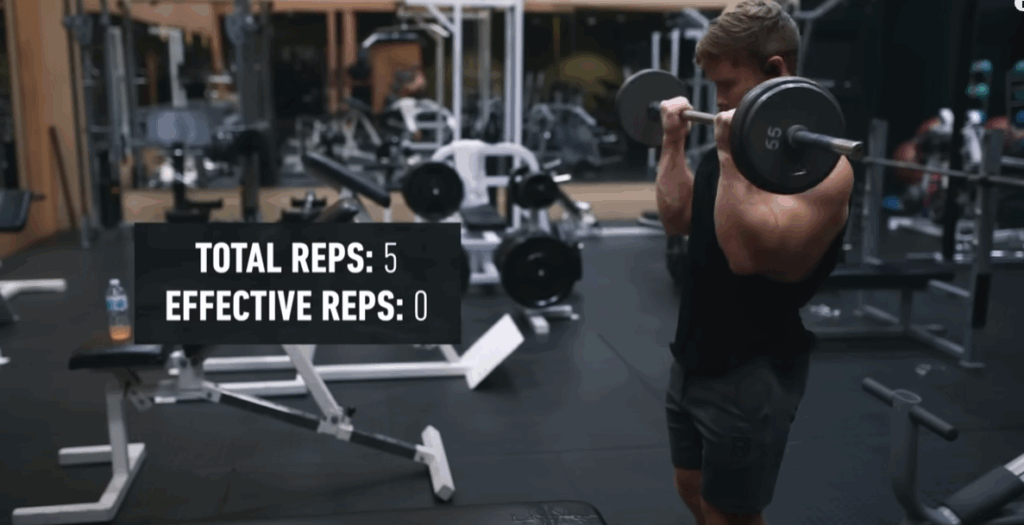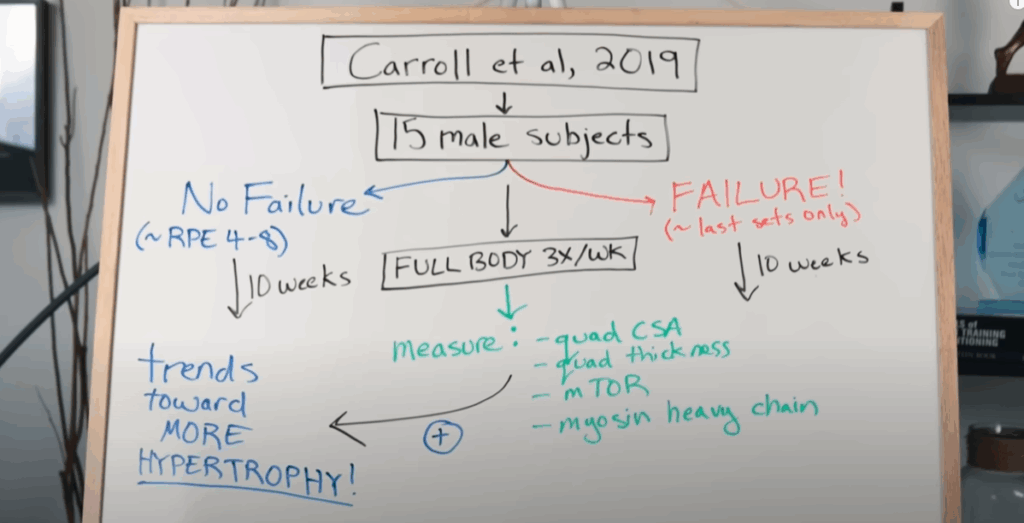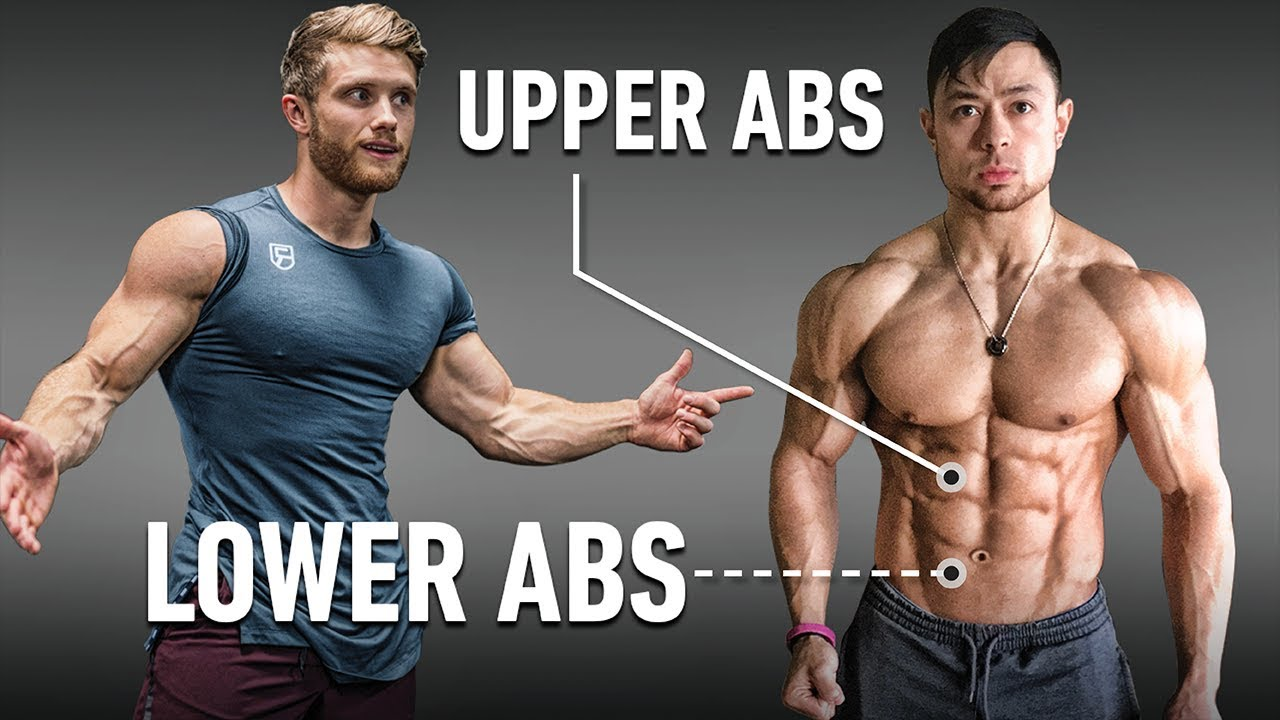Mastering Hypertrophy: How to Structure Your Training for Maximum Muscle Growth
Building muscle isn’t just about lifting heavier weights each week—it’s about following a structured plan that balances volume, intensity, and recovery. Many lifters spend months in the gym without making noticeable progress because they fail to understand how to manipulate these key variables over time. If your goal is to develop a stronger, more muscular physique, this guide will show you how to design a program that actually delivers results.

Why Structured Programming Matters
Walking into the gym and doing random exercises might work for a beginner, but if you want consistent muscle growth, you need a progressive plan. Proper programming allows you to:
- Accumulate enough training volume to stimulate hypertrophy
- Increase intensity gradually to build strength and neural efficiency
- Include recovery phases to avoid overtraining and plateaus
One of the most effective ways to achieve this is by using a wave-loading approach, which cycles through periods of higher and lower training volume while gradually increasing the weight you lift.
The Wave-Loading Method for Hypertrophy
Unlike a strict linear progression, where weight simply increases every session, wave loading introduces small peaks and valleys in training volume. Here’s a simplified breakdown:
- Weeks 1–3: Volume Build-Up
Start with moderate weight and gradually increase sets or reps each week. For example:- Week 1: 2 sets of 4 at ~75% of your one-rep max
- Week 2: 3 sets of 4 at the same weight
- Week 3: 4 sets of 4 at the same weight
- Week 4: Reduced Volume, Increased Load
Drop back to 2 sets, but slightly increase the weight (77.5–80% of your max). This “mini deload” allows recovery while increasing intensity. - Weeks 5–6: Volume Accumulation Again
Repeat the same pattern: 3–4 sets at the same weight. - Week 7–9: Peak Phase
By the final weeks, you should be lifting heavier weights (80–85% of your max) with your highest training volume.
This model works because it allows your body to adapt to higher workloads without pushing you into chronic fatigue. Many experienced lifters use this strategy before testing new personal bests.

Choosing the Right Exercises
The foundation of any muscle-building program is selecting the right lifts. Focus on compound movements that recruit multiple muscle groups:
- Bench Press or Close-Grip Bench Press (for chest, triceps, and shoulders)
- Overhead Press (OHP) (for delts and upper chest)
- Pull-Ups or Weighted Chin-Ups (for lats and biceps)
- Barbell Rows or Pendlay Rows (for mid-back and lats)
- Squats and Deadlifts (for lower body and overall mass)
Isolation exercises, like concentration curls or lateral raises, can be added later in the workout to target weak points or improve muscle definition.
Upper/Lower Split for Maximum Efficiency
A great way to apply this wave-loading principle is with an upper/lower split performed 4–6 times per week:
Upper Body Day Example
- Bench Press (or Close-Grip Bench Press) – 3–4 sets of 6–8 reps
- Overhead Press – 4 sets of 4–6 reps
- Weighted Pull-Ups – 4–5 sets of 6–8 reps
- Pendlay Rows – 3 sets of 8–10 reps
- Push-Ups (AMRAP) – 2 sets to near failure
- Face Pulls or Band Pull-Aparts – 2–3 sets of 15–20 reps for shoulder health
- Optional Biceps or Triceps Isolation Work – 2–3 sets of 10–12 reps
Lower Body Day Example
- Squats – 4–5 sets of 5–8 reps
- Romanian Deadlifts – 3–4 sets of 8–10 reps
- Walking Lunges – 3 sets of 12 steps per leg
- Leg Curls or Nordic Hamstring Curls – 3 sets of 10–12 reps
- Calf Raises – 3 sets of 12–15 reps
- Core Work (Hanging Leg Raises or Planks) – 2–3 sets
Alternate these days throughout the week, ensuring at least one rest day.

Why Intensity and Recovery Are Equally Important
Many lifters underestimate how important training intensity and rest are for muscle growth. Working mostly in the 70–80% of your max range allows you to accumulate more quality reps, which is crucial for hypertrophy. Going to failure too often leads to fatigue that can derail progression in later weeks.
However, there are times when heavier lifting is beneficial—especially when peaking for strength gains. Doing the occasional heavy double or triple (90%+ of your max) can improve neural efficiency and confidence under heavy loads, which often carries over to hypertrophy phases.
Fixing Weak Points
Every lifter has a muscle group that lags behind. Here’s how to address common weak points:
- Weak Lockout on Bench Press – Add close-grip bench presses and dips to strengthen triceps.
- Poor Shoulder Development – Increase overhead press volume and add lateral raises.
- Lagging Lats – Focus on controlled pull-ups and Pendlay rows with a full range of motion.
- Underdeveloped Rear Delts – Incorporate more face pulls and rear delt flyes with external rotation.
Track your weak points over time and adjust accessory work accordingly.
Don’t Neglect Mobility and Prehab
For long-term progress, you can’t just focus on pushing heavier weights—you need to protect your joints. Incorporating band pull-aparts, face pulls, and external rotation work keeps the shoulders healthy, especially if you’re benching multiple times per week. Likewise, spending 5–10 minutes warming up with dynamic stretches can prevent injuries and improve performance.
Progress Tracking and Testing Maxes
At the end of a training block (8–12 weeks), it’s a good idea to test your strength progress. You don’t need to max out on every lift, but attempting a heavy single or double on key movements like the bench press, squat, or deadlift can help gauge progress. Keep these tests conservative—leave a rep in the tank rather than risking injury.
Final Thoughts
Muscle growth doesn’t happen by accident. By following a structured program with planned volume waves, progressive overload, and strategic recovery, you can push past plateaus and build serious size and strength. Whether you’re training for aesthetics or performance, consistency and patience are the true keys to success. Stick with a plan, track your progress, and don’t be afraid to adjust when necessary.



